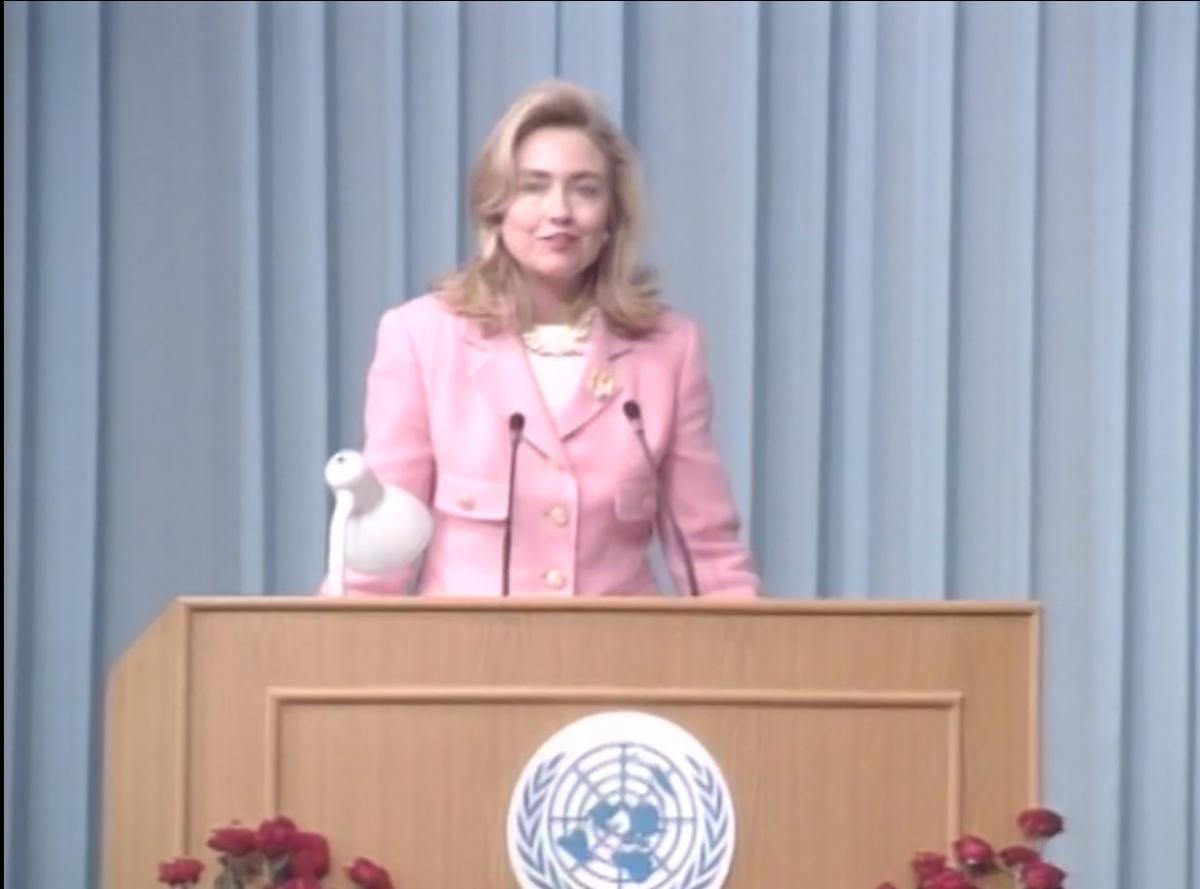
Legislation and Advocacy
Since the founding of our country, women have redefined their roles and carved out a place for themselves in society and government. From the decades-long campaign for voting rights to expanding social and economic equality through legislation, women and women’s rights advocates have worked to obtain the rights and privileges of citizenship promised to women today.
Explore photographs, textual, and other records related to politics and legislation of women’s rights in the National Archives Catalog.
Educator Resources
- DocsTeach: Progressive Era Reform Movements
- DocsTeach: Citizenship Rights
- DocsTeach: Reproductive Rights
- DocsTeach: Employment, Education & Consumer Rights
Research at the National Archives
While many resources are available online for research, there are many more records to discover in National Archives’ research rooms across the country. The following records have been described at the Series and File Unit level, but have not yet been digitized. This list is not exhaustive; please consult our Catalog to browse more records, and contact the Reference Unit listed in each description for more information.
- Records relating to International Women’s Year and the Houston conference were created and compiled by the National Commission on the Observance of International Women’s Year and can be found in Record Group 220: Records of Temporary Committees, Commissions, and Boards.
- Film documents produced by the committee make up the series IWY: Motion Pictures and Video Recordings Relating to International Women’s Year, 1974-1977
- After the United Nations declared 1975 International Women’s Year, President Ford issued Executive Order 11832 creating a National Commission on the Observance of International Women’s Year to promote equality between men and women.
- House Resolution 5056 Prohibiting Discrimination in Pay on Account of Sex. Although not passed by Congress, this bill, introduced by Representative Winifred Stanley, was the first to propose that employers be required to pay women equal pay for equal work. This principle was later enacted in the Equal Pay Act of 1963.
- Department of Justice. Civil Rights Division. 12/9/1957-
The Civil Rights Division was established in the Department of Justice by the passage of the Civil Rights Act of 1957. The Division enforced the Civil Rights Acts of 1957, 1960, 1964, and 1968, as amended; the Voting Rights Act of 1965, as amended; the Equal Credit Opportunity Act, as amended; the Fair Housing Act of 1968 and the Fair Housing Amendments Act of 1988; Executive Order 12250 (inter alia, Title VI, Title IX and Section 504 of the Rehabilitation Act of 1973, as amended); and the Civil Rights of Institutionalized Persons Act. - An Act of June 23, 1972, Public Law 92-318, 86 STAT 235, to Amend the Higher Education Act of 1965, 6/23/1972. This Act includes Title IX which protects against gender discrimination.
- Sex Discrimination - Title IX (1): This file contains materials on the issuance of federal regulations by Health, Education and Welfare for the administration and enforcement of Title IX of the Education Act.
- Women's Rights Subject Authority Record, National Archives Catalog
Articles, Blog Posts, and Other Resources
- Congress and the Voting Rights Act of 1965
- National Women’s Conference of 1977: The Unwritten Record blog
- Their War Too: U.S. Women in the Military during WWII, Part I: The Unwritten Record blog
- Their War Too: U.S. Women in the Military during WWII, Part II: The Unwritten Record blog
- View digitized materials related to Women’s Rights from the Gerald R. Ford Presidential Library and Museum
- Title IX: Our Presidents Tumblr


































